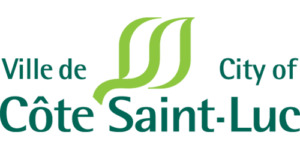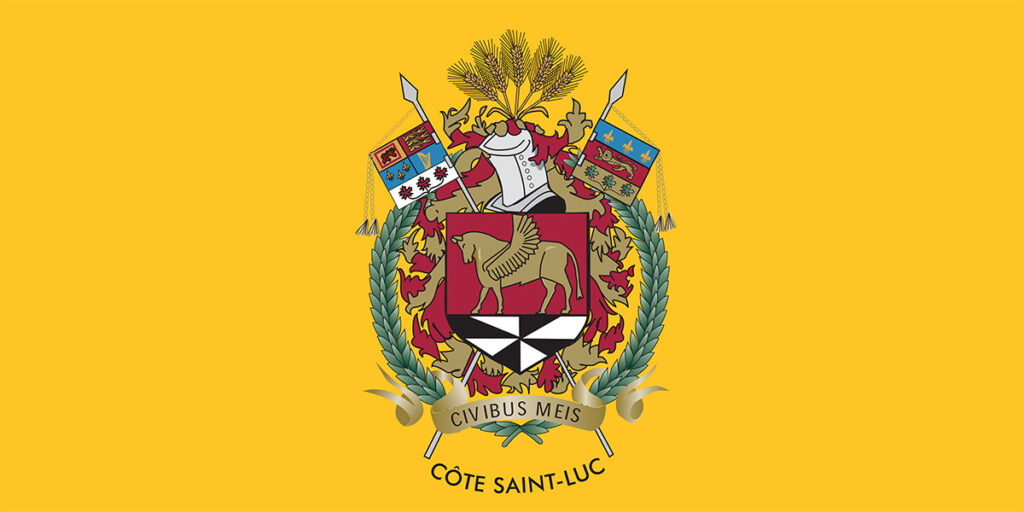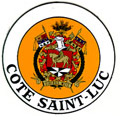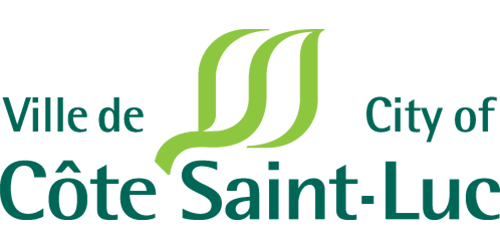37,833 residents
7.04 km2
29 parks
17 pre-schools and schools
A city teeming with services and activities
The City of Côte Saint-Luc is the third-largest municipality on the island of Montreal. Its sports and recreation programs, aquatic centre, 29 parks, and one of the leading municipal public libraries in Quebec make it an attractive residential community in the west end.
A city committed to human rights
A bilingual municipality with a diverse, predominantly English-speaking population, Côte Saint-Luc has been a leader on human rights issues. In September 2000, the City inaugurated the Human Rights Walkway at Pierre Elliott Trudeau Park. The Walkway is dedicated to those men and women who, by their steadfast commitment to humankind, have held high the torch of human rights and let it light the world.
A leader in health and safety issues
Côte Saint-Luc has been a leader in health and safety issues, becoming one of the first municipalities in Quebec to ban pesticides and require bicycle helmets. It is the only municipality in Quebec to have a volunteer first responder service, which was formed almost 30 years ago. In 2006, it became one of the first cities in the province to introduce a Citizens on Patrol program.
A dynamic team
The city is administered by a mayor and eight city councillors for a term of four years. The city council is assisted by a dynamic management team. The city’s focus is on delivering the best possible services while maintaining tight controls over its finances.
Facts and figures
- Population: 37,833 (Ministère des Affaires municipales et de l’Habitation)
- Median age : 44.8 (Statistics Canada)
- City area: 7.04 km2 (Statistics Canada)
- Population density per square kilometre: 4,903.7 (Statistics Canada)
- Total private dwelling: 15,548 (Statistics Canada)
A brief history
The Public Library offers a section on local history, including pages on the history of Côte Saint-Luc, its former mayors and councillors, and the history of the city’s street names.
Logo

The Côte Saint-Luc logo represents nature including gardens, parks and green spaces. The overall logo illustrates a green leaf. But a bird is also visible. The S curve illustrates elevation, reflecting the city’s geography.
Flag

Coat of arms

A community’s coat of arms should be a “signature through pictures.” A coat of arms must include peculiar designs featuring the city’s individuality.
The City of Côte Saint-Luc was named after Saint Luke, whom Saint John saw in the form of a winged bull during his apocalyptic vision. Since then, a winged bull has always remained the symbolic beast of Saint Luke. On the escutcheon, or shield, the winged bull expresses the very name of the city.
The lower part of the shield illustrates the location of Côte Saint-Luc as a railroad junction. The base gyronny argent and sable — the heraldic tinctures for white and black, well-known as colours of railroad signals — whose disposition suggests the tracks of a marshalling yard, diverging in every direction.
The crest, formed of ears of wheat, recalls that Côte Saint-Luc owes its origin and growth to agricultural activities and was, until the end of the Second World War, almost exclusively a farming community.
The two banners, wavering over both sides of the shield, are symbolic of the double patriotism of Côte Saint-Luc, which is, with every right, proud of being both a modern Canadian city and an old Quebec community.
The motto “Civibus meis” offers a double and suggestive meaning, as it can be translated either as “For my Citizens” or as “By my Citizens.” Through its motto, the City of Côte Saint-Luc pays tribute to all of its citizens, whose civic mind made possible its splendid development, and also gives expression to its ideal, which is to work, in every way, for the welfare of all the citizens in the community.
Twin city: Ashkelon
The City of Côte Saint-Luc and Ashkelon, Israel, have been twin cities since 1975 when Mayor Samuel Moskovitch travelled to Ashkelon for a twinning ceremony. Since that time, Côte Saint-Luc has welcomed many delegations from Ashkelon.
Côte Saint-Luc has honoured its twin city with the naming of a street–Ashkelon Crescent–in 1985. Also, the green space behind the Côte Saint-Luc library was officially named Ashkelon Gardens on April 22, 1988.
Because it is only 20 km from the border with Gaza, our twin city has endured rocket attacks over the years. Côte Saint-Luc helped raise money to buy shelters for Ashkelon in 2009 and in 2014.
History of the relationship between Côte Saint-Luc and Ashkelon
- 1975: Visit to Israel by Mayor Samuel Moskovitch and delegation for twinning ceremony
- September 1977: Ashkelon fire chief Mordechai Yerushalmi visited Côte Saint-Luc
- November 1980: Reception for Mayor Eli Dayan of Ashkelon, and Mordechai Elghabli, Member of the Israeli Knesset
- September 1981: Reception for deputy mayors and councillors of Ashkelon
- October 1985: Reception for Mayor Eli Dayan of Ashkelon
- October 1985: Côte Saint-Luc names a street Ashkelon Crescent (map)
- June 1988: Dedication of Ashkelon Gardens behind the library in celebration of Israel’s 40th anniversary
- 1990: Visit to Ashkelon by Councillor Glenn J. Nashen
- June 1999: Visit by Mayor of Ashkelon
- January 2008: Visit by Dr. Bernard Tonchin to Ashkelon on behalf of Côte Saint-Luc
- May 2008: Visit by Councillor Dida Berku to Ashkelon on behalf of Côte Saint-Luc
- September 2008: Visit by Councillor Mitchell Brownstein to Ashkelon on behalf of Côte Saint-Luc
- January 2009: Côte Saint-Luc City Council encourages residents to donate to Federation CJA Ashkelon Fund
- August 2014: Côte Saint-Luc City Council encourages residents to donate to Federation CJA Ashkelon Fund
